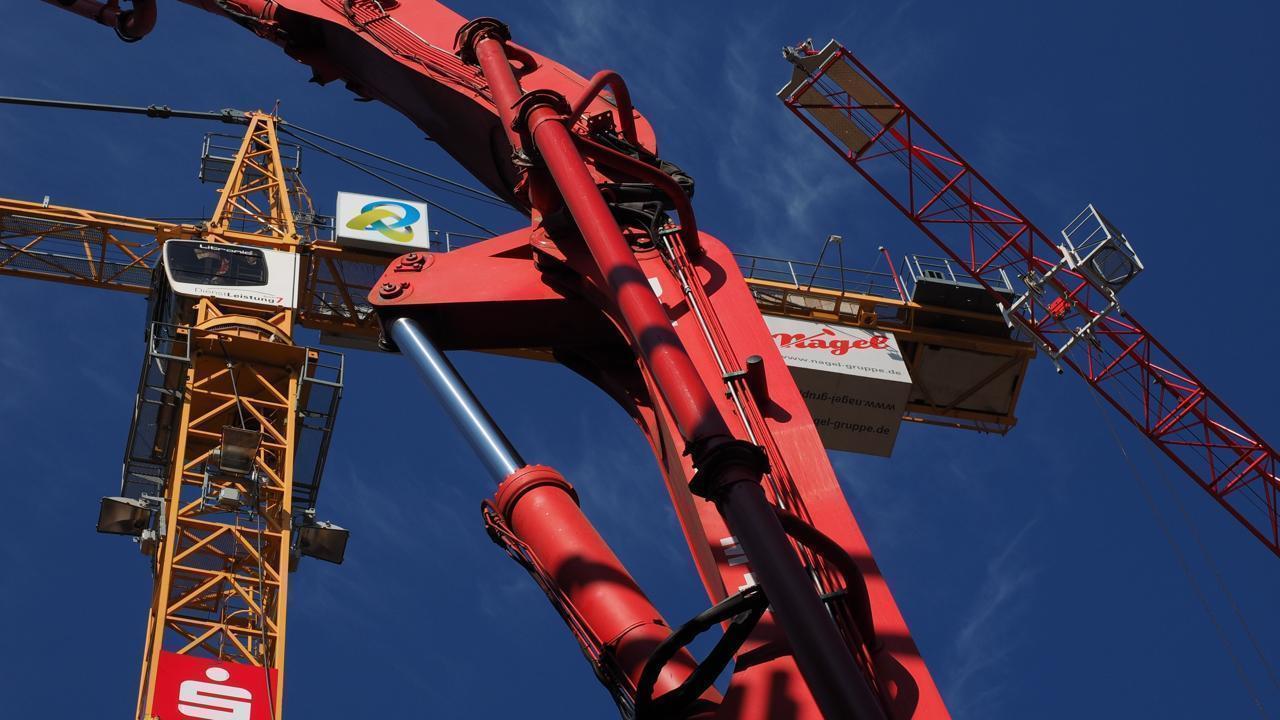
Post by : Amit
A High-Stakes Incident in Alaska
On January 28, 2025, a U.S. Air Force F-35A Lightning II aircraft, tail number 19-5535, crashed at Eielson Air Force Base (AFB) during a routine training flight in Alaska’s frigid environment. Remarkably, the pilot ejected safely and was transported to a local hospital for evaluation. The aircraft, a fifth-generation multirole stealth fighter, was on a standard operational training sortie when the incident occurred, drawing immediate attention from U.S. Air Force investigators and Lockheed Martin engineers.
The crash represents a critical event in modern military aviation, demonstrating how even highly sophisticated aircraft like the F-35A are vulnerable to seemingly minor system failures under extreme environmental conditions. The incident underscores the intersection of advanced technology, environmental hazards, and human oversight in maintaining operational aviation safety.
The Sequence of Events
The aircraft took off from Eielson AFB at approximately 12:49 p.m. local time. Shortly after departure, the pilot observed irregular behavior with the nose landing gear, which failed to retract fully. Efforts to troubleshoot the issue in-flight involved coordination with ground-based engineers and multiple attempts at touch-and-go maneuvers on the runway.
During this critical period, the aircraft remained airborne for roughly 50 minutes, highlighting the complexity and urgency of mid-flight troubleshooting in advanced fighter aircraft. Despite the pilot’s expertise and the sophisticated diagnostic support, the situation escalated when ice formed within both the left and right main landing gear struts.
Contaminated Hydraulic Fluid: The Key Factor
Investigators determined that the root cause of the crash was contaminated hydraulic fluid. Water contamination in the hydraulic system froze due to Alaska’s extreme cold temperatures, preventing proper extension of the landing gear. The F-35A’s weight-on-wheels sensors, designed to detect ground contact, were misled by the partial gear deployment. This caused the aircraft to switch into “on-ground” flight control laws while still airborne, rendering it uncontrollable.
This chain of events demonstrates how a small oversight in maintenance or fluid quality control can escalate into a critical operational failure. Hydraulic systems in modern fighter jets are essential for controlling flight surfaces, landing gear, and other critical components. The freezing of contaminated fluid, while rare, reveals a vulnerability that must be mitigated through meticulous maintenance protocols and environmental awareness.
Pilot Expertise and Response
The pilot aboard the F-35A had extensive training and experience, qualified for complex operational maneuvers under challenging conditions. Despite these qualifications, the incident highlights that even the most skilled aviators are at risk when system failures occur at a critical phase of flight.
The pilot’s ejection was executed flawlessly, reflecting the robust safety design of the F-35A’s cockpit and ejection system. While the aircraft was lost, the survival of the pilot illustrates the effectiveness of emergency response protocols in modern military aviation.
Environmental Challenges at Eielson AFB
Eielson Air Force Base, located in Alaska’s Interior region, routinely experiences extreme cold, with temperatures often well below freezing. Such conditions can exacerbate minor maintenance issues, as hydraulic fluids and other mechanical components are more susceptible to freezing or reduced performance.
The combination of contaminated hydraulic fluid and frigid temperatures created a scenario in which the landing gear could not deploy as intended. While Alaska provides an ideal training environment for cold-weather operations, the incident underscores the additional risks associated with extreme climates, particularly for aircraft operating at the limits of their environmental tolerances.
The F-35A Lightning II: Advanced but Sensitive
The F-35A Lightning II is among the most advanced fighter jets in the world, incorporating stealth capabilities, supersonic speeds, and cutting-edge avionics. However, its sophistication does not render it immune to environmental or mechanical failures. Hydraulic systems in the aircraft control the landing gear, flight surfaces, and critical operational components. Any compromise in these systems, such as through contaminated hydraulic fluid, can have immediate and severe consequences.
This incident highlights the balance between technological advancement and the fundamental requirements of maintenance, inspection, and environmental preparedness in ensuring safe operations.
Investigation Findings
The U.S. Air Force investigation concluded that the freezing of water-contaminated hydraulic fluid in the landing gear struts was the primary cause of the crash. The ice formation disrupted normal gear operation and triggered erroneous readings from the weight-on-wheels sensors. This sequence ultimately led to the aircraft becoming uncontrollable and crashing at Eielson AFB.
Investigators emphasized that the contamination likely occurred during maintenance procedures or fluid refills, highlighting the need for stricter quality control protocols. The extreme cold in Alaska compounded the problem, illustrating the interaction between mechanical maintenance and environmental factors in operational safety.
Broader Implications for Military Aviation Safety
The crash serves as a cautionary tale for military aviation. Even the most advanced aircraft, flown by highly trained personnel, remain vulnerable to relatively minor system failures when operating under extreme environmental conditions.
Maintaining the integrity of hydraulic systems, ensuring fluid purity, and performing thorough inspections are essential to prevent similar incidents. This event also underscores the importance of robust redundancy systems and emergency protocols, which in this case successfully safeguarded the pilot’s life.
Maintenance Protocols and Lessons Learned
In response to the incident, the U.S. Air Force is reviewing and updating maintenance procedures related to hydraulic systems, particularly in cold-weather environments. New protocols emphasize the identification and removal of water contamination, rigorous testing of hydraulic fluid performance, and enhanced personnel training to mitigate the risks associated with hydraulic system failures.
These measures are expected to prevent recurrence of similar accidents and enhance overall aviation safety for F-35A operations, especially in extreme climates.
Operational Adjustments at Eielson AFB
Eielson Air Force Base has implemented operational adjustments to minimize risk. These include enhanced pre-flight inspections, verification of hydraulic system integrity, and updated cold-weather operational checklists. The incident has prompted a base-wide review of maintenance and operational procedures, ensuring all aircraft meet stringent safety standards before departure.
Additionally, training scenarios now include contingency planning for hydraulic system anomalies and emergency procedures for gear deployment failures, further improving pilot readiness for unexpected system malfunctions.
Global Significance
While the crash occurred in Alaska, the lessons resonate across global military aviation operations. Fifth-generation aircraft like the F-35A operate in diverse environments, including extreme cold, high altitudes, and tropical conditions. This incident highlights the universal importance of maintaining system integrity, monitoring environmental conditions, and adhering to precise maintenance protocols to ensure operational aviation safety.
International defense organizations and allied air forces are likely to review and adapt similar safety measures for their fleets, incorporating the findings from the Eielson F-35A crash to enhance operational readiness worldwide.
Pilot Safety and Emergency Systems
The safe ejection of the pilot demonstrates the effectiveness of the F-35A’s emergency systems. The aircraft’s ejection seat, designed for high-altitude and high-speed scenarios, functioned as intended, underscoring the importance of integrated safety systems in modern fighter jets.
Emergency response procedures at Eielson AFB were also critical, with rapid medical evaluation and support provided to the pilot. This combination of advanced engineering and trained personnel mitigated the human cost of the crash and will inform future training and emergency protocols.
Enhancing Cold-Weather Readiness
The incident has prompted the U.S. Air Force to implement new strategies for cold-weather operations, including:
These measures aim to prevent another Alaska F-35A crash and ensure that future operations maintain the highest levels of safety and reliability.
Lessons for Military Aviation
The crash of the F-35A at Eielson Air Force Base underscores how environmental conditions, mechanical integrity, and human oversight intersect in military aviation. The contaminated hydraulic fluid incident demonstrates that even the most advanced aircraft are vulnerable to relatively minor system issues if not properly managed.
By incorporating rigorous maintenance protocols, environmental preparedness, and enhanced training programs, the U.S. Air Force aims to prevent similar occurrences in the future. The lessons from this incident extend beyond Alaska, informing global standards in aviation safety, cold-weather operations, and the management of advanced fighter aircraft.
Ultimately, while the aircraft was lost, the pilot’s survival and ongoing investigations provide critical insights to enhance operational safety, improve maintenance practices, and safeguard the lives of military personnel worldwide.
hydraulic fluid, Aviation

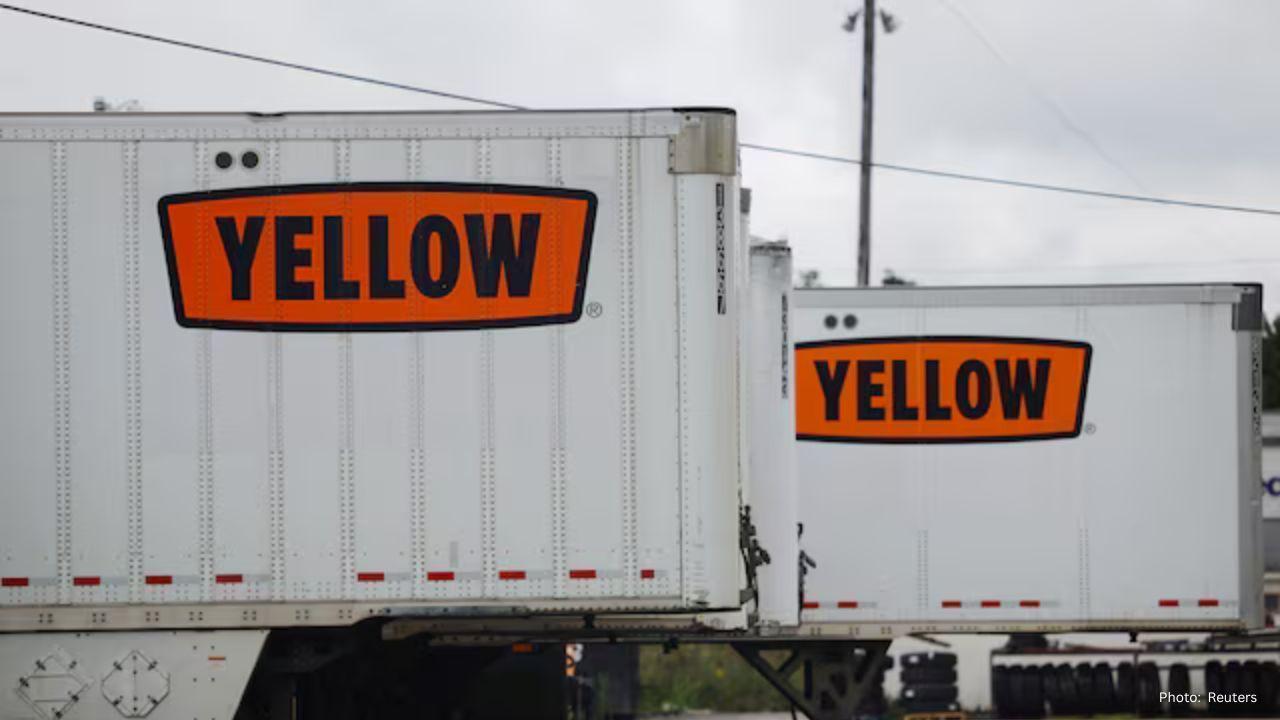
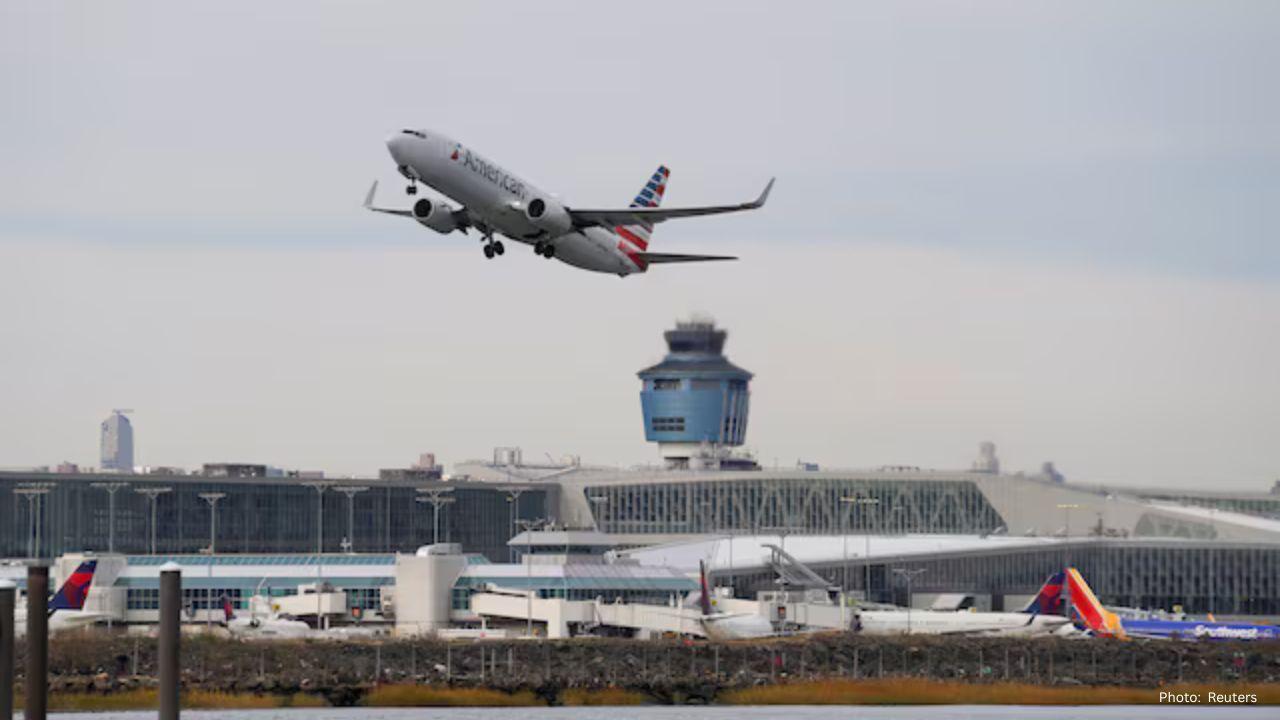
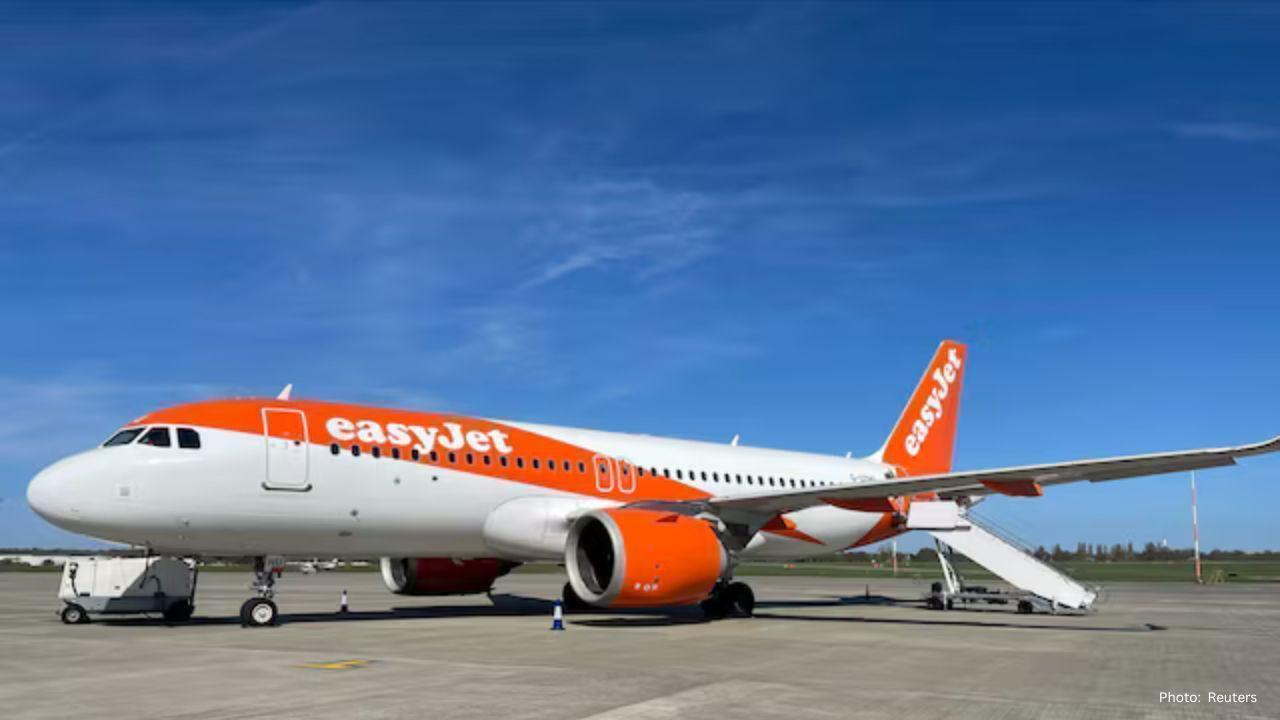




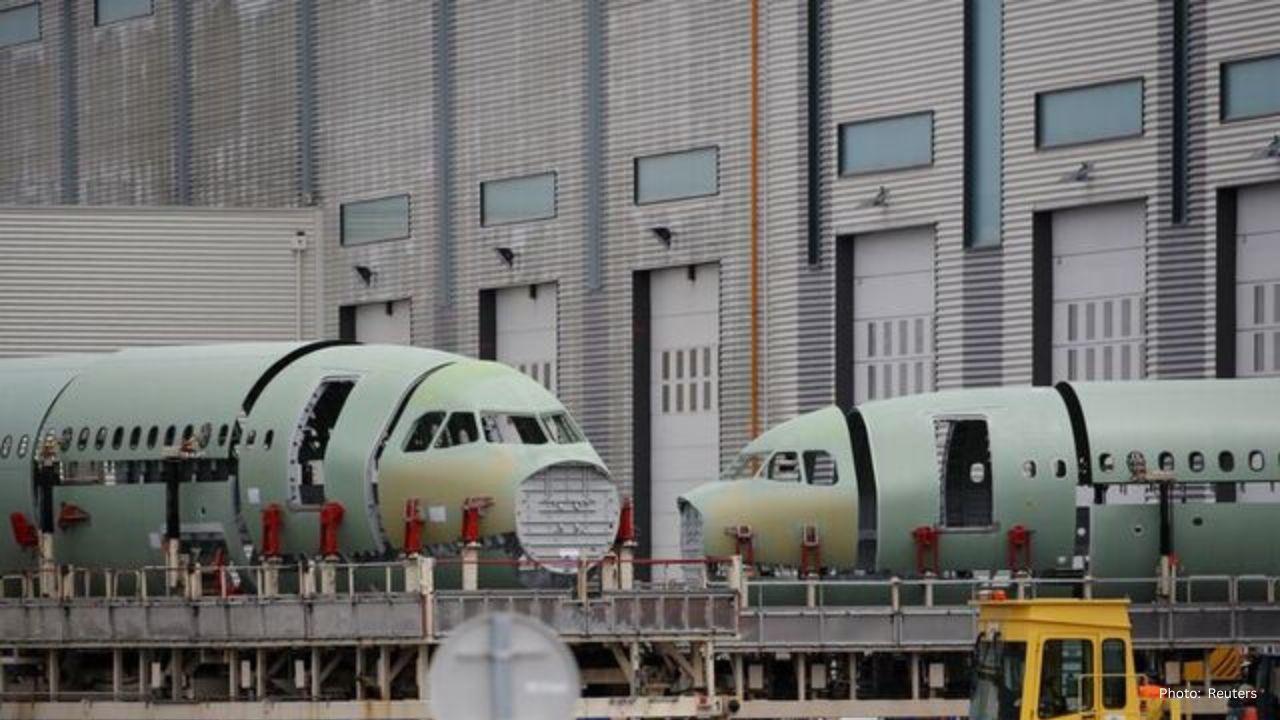

Advances in Aerospace Technology and Commercial Aviation Recovery
Insights into breakthrough aerospace technologies and commercial aviation’s recovery amid 2025 chall

Defense Modernization and Strategic Spending Trends
Explore key trends in global defense modernization and strategic military spending shaping 2025 secu

Tens of Thousands Protest in Serbia on Anniversary of Deadly Roof Collapse
Tens of thousands in Novi Sad mark a year since a deadly station roof collapse that killed 16, prote

Canada PM Carney Apologizes to Trump Over Controversial Reagan Anti-Tariff Ad
Canadian PM Mark Carney apologized to President Trump over an Ontario anti-tariff ad quoting Reagan,

The ad that stirred a hornets nest, and made Canadian PM Carney say sorry to Trump
Canadian PM Mark Carney apologizes to US President Trump after a tariff-related ad causes diplomatic

Bengaluru-Mumbai Superfast Train Approved After 30-Year Wait
Railways approves new superfast train connecting Bengaluru and Mumbai, ending a 30-year demand, easi